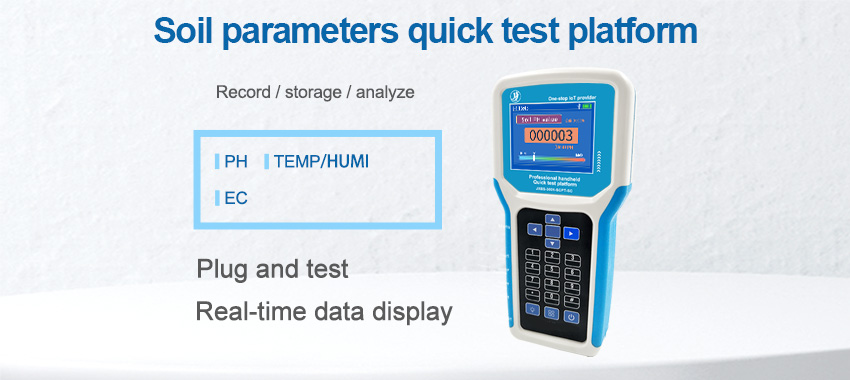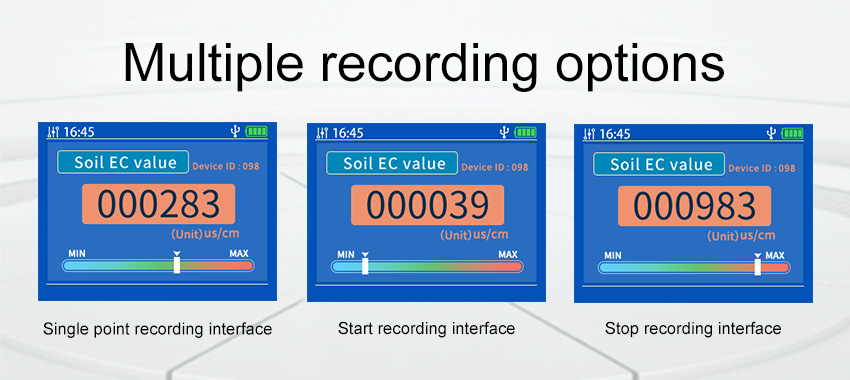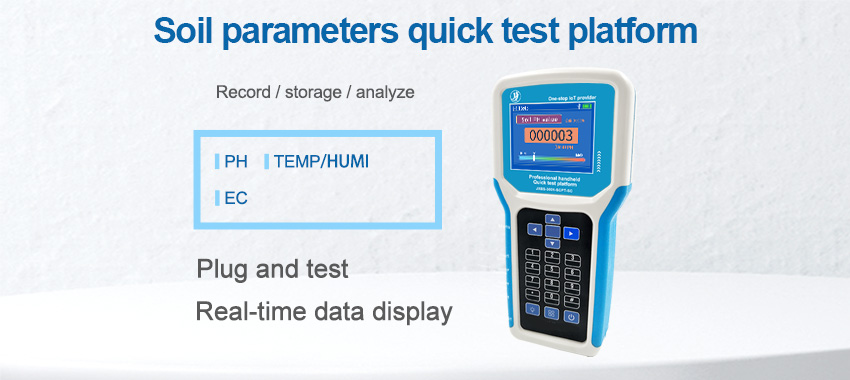Precision agriculture is a farming approach that leverages advanced technologies to optimize productivity, reduce costs, and minimize environmental impact. As precision agriculture continues to evolve, one technology that has garnered significant attention is soil sensors. These sensors provide valuable insights into soil conditions, allowing farmers to make informed decisions regarding irrigation, fertilization, and overall crop management. In this article, we will delve into the potential of soil sensors in precision agriculture and explore how they can revolutionize farming practices.

Understanding Soil Sensors
Soil sensors are devices that measure various soil parameters, such as moisture content, nutrient levels, temperature, and pH. They are typically placed at strategic locations within agricultural fields to capture real-time data. Soil sensor systems consist of multiple sensors connected to a central data collection unit or a wireless network that transmits the data to a cloud-based platform for analysis.
Monitoring Soil Moisture
One of the primary functions of soil sensors is to monitor soil moisture levels. Soil moisture plays a crucial role in plant growth and development. With accurate and timely information about soil moisture, farmers can optimize irrigation schedules, prevent water stress, and reduce water usage. Soil sensors provide continuous measurements of soil moisture, enabling farmers to understand the water-holding capacity of different soil types and make precise irrigation decisions based on actual plant needs.
Optimizing Fertilizer Application
Soil sensors also offer insights into nutrient levels in the soil. By measuring parameters such as nitrogen, phosphorus, and potassium, farmers can accurately determine the nutrient requirements of their crops. This information helps optimize fertilizer application, avoiding over or under-application that can result in nutrient imbalances or environmental pollution. With soil sensors, farmers can adopt a targeted approach to fertilization, ensuring that nutrients are supplied when and where they are most needed.
Managing Soil pH and Temperature
Soil pH and temperature have a significant impact on plant health and nutrient availability. Soil sensors provide data on these parameters, allowing farmers to monitor and manage soil conditions effectively. By adjusting pH levels through amendments, farmers can create optimal growing conditions for different crops. Additionally, monitoring soil temperature helps farmers understand the impact of temperature on plant growth rates and microbial activity, enabling them to make informed decisions about planting schedules and crop selection.
Detecting Soil Salinity
Soil salinity, caused by an excessive accumulation of salts, poses a significant challenge in many agricultural regions. High salt levels inhibit plant growth and reduce yields. Soil sensors equipped with electrical conductivity (EC) sensors can detect soil salinity. By monitoring EC levels, farmers can identify areas with high salinity and implement appropriate measures such as leaching or selecting salt-tolerant crop varieties.

Analyzing Soil Data
Data collected from soil sensors is only as valuable as the analysis that follows. Fortunately, advancements in data analytics and machine learning algorithms have made it possible to process large volumes of sensor data quickly and accurately. By leveraging these techniques, farmers can gain actionable insights from the data collected by soil sensors. They can identify trends, patterns, and correlations that may not be discernible to the naked eye, thereby making data-driven decisions to optimize crop management practices.
Integration with Precision Farming Systems
Soil sensors are most effective when integrated into comprehensive precision farming systems. These systems combine data from multiple sources, including soil sensors, weather stations, satellite imagery, and crop sensors. By integrating various data sets, farmers can gain a holistic understanding of their fields and implement precise management practices. For example, combining soil moisture data from sensors with weather data can help farmers schedule irrigation based on predicted rainfall, reducing water waste and maximizing crop productivity.
Challenges and Considerations
While soil sensors offer immense potential in precision agriculture, there are certain challenges and considerations to keep in mind. Sensor calibration, maintenance, and data interpretation require expertise and ongoing attention. Additionally, the cost of implementing soil sensor systems can be a barrier for some farmers. However, as technology advances and economies of scale are realized, the costs are expected to decrease, making soil sensors more accessible to a wider range of farmers.
ConclusionSoil sensors have the potential to revolutionize precision agriculture by providing real-time and accurate data on soil conditions. By leveraging this data, f







